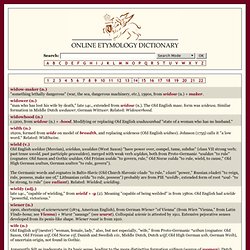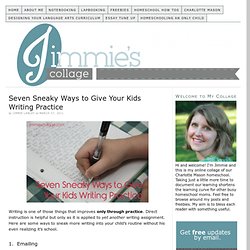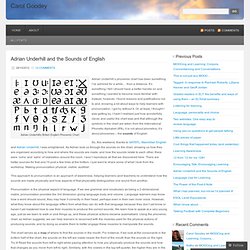

SPELLINGBLOG.HOWTOSPELL.CO.UK. Online Etymology Dictionary. Widow-maker (n.)

"something lethally dangerous" (war, the sea, dangerous machinery, etc.), 1590s, from widow (n.) + maker. widower (n.) "man who has lost his wife by death," late 14c., extended from widow (n.). The Old English masc. form was widewa. Similar formation in Middle Dutch weduwer, German Wittwer. Widowhood (n.) c.1200, from widow (n.) + -hood. Width (n.) 1620s, formed from wide on model of breadth, and replacing wideness (Old English widnes). Wield (v.) Old English weldan (Mercian), wieldan, wealdan (West Saxon) "have power over, compel, tame, subdue" (class VII strong verb; past tense weold, past participle gewealden), merged with weak verb wyldan, both from Proto-Germanic *waldan "to rule" (cognates: Old Saxon and Gothic waldan, Old Frisian walda "to govern, rule," Old Norse valda "to rule, wield, to cause," Old High German waltan, German walten "to rule, govern"). wieldy (adj.) late 14c., "capable of wielding," from wield + -y (2).
Seven Sneaky Ways to Give Your Kids Writing Practice. Writing is one of those things that improves only through practice.

Direct instruction is helpful but only as it is applied to yet another writing assignment. Here are some ways to sneak more writing into your child’s routine without his even realizing it’s school. 1. Emailing Set up an email account and let your child correspond with friends and relatives. ZooBuh! 2. Blogging is a fantastic way to give your child a real audience for his writing. I’m especially impressed by Eight Thumbs Up, a blog of book, game, and movie reviews written by four siblings. 3. This classic pastime is still alive! 4. For younger children, mom will need to do most of the planning for this writing activity while the child merely writes a sentence or two on the postcard. Spelling Rule 1 Spelling Rule 2 Spelling Rule 3 - GoBookee.com. USING PHONICS AND SPELLING PATTERNS - PBS: Public ... - GoBookee.com. How to do a spelling analysis : Lexercise. Membership. EPS OG Training » Lesson 5. Educators Publishing Service is pleased to offer this online course, developed by the Fellows of the Academy of Orton-Gillingham Practitioners and Educators.

Dyslexia: An Introduction to the Orton-Gillingham Approach This 10-hour online course was developed to help teachers, parents, tutors, and other education professionals understand and recognize dyslexia, a specific language disability affecting 5–15% of school-aged children. The course provides an introduction to the Orton-Gillingham approach to teaching students with dyslexia, and covers topics such as the nature of the individual with dyslexia, the principles of the Orton-Gillingham approach, multisensory instruction and the brain, and the phonology, structure, and history of the English language. Case studies are used to illustrate the kinds of difficulties dyslexic students may experience in the classroom. The course should take approximately 10 hours to complete. You can view a Course Outline. Adrian’s Pron Chart Blog. Phonemic chart. Adrian Underhill’s British English Phonemic Chart Adrian Underhill’s phonemic chart has been something I’ve admired for a while… from a distance.

It’s something I felt I should have a better handle on and something I wanted to become more familiar with. Instead, however, I found reasons and justifications not to and, knowing a bit about ways to help learners with pronunciation, I got by without it. Or, at least, I thought I was getting by. I hadn’t realised just how wonderfully clever and useful the chart was and that although the symbols in the chart are taken from the International Phonetic Alphabet (IPA), it is not about phonetics, it’s about phonemes – the sounds of English.
So, this weekend, thanks to SATEFL, Macmillan English and Adrian Underhill, I was enlightened. This approach to pronunciation is an approach of awareness, helping learners (and teachers) to understand how the sounds are made physically and how aspects of that physicality distinguishes one sound from another.